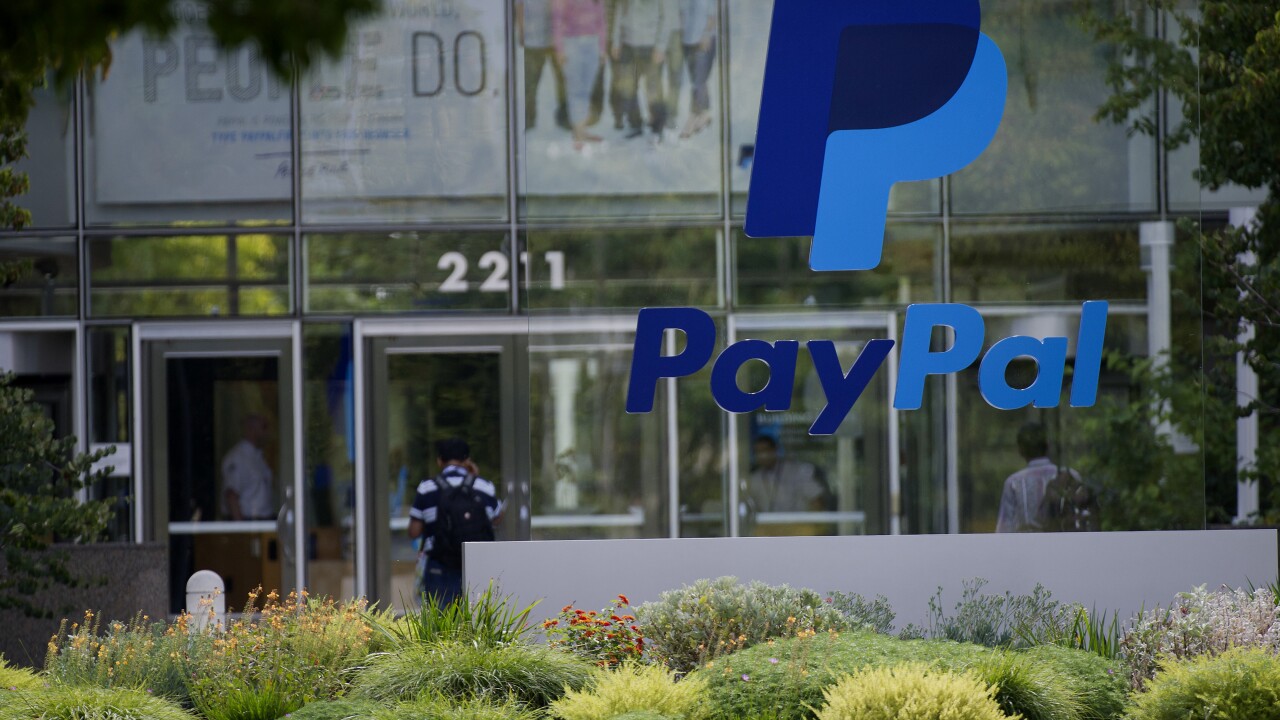India’s push to build a broad biometrics-based consumer identity database—now 1 billion strong—has been a boon to Paytm and other mobile payments providers leveraging Unified Payments Interface (UPI), the open-architecture structure supported by India’s government.
Called the “India Stack,” the cross-industry technology push consists of a set of APIs available to government agencies, banks and startups in diverse fields that’s evolved in parallel to Paytm’s e-commerce and mobile wallet apps since the company launched seven years ago, said Harinder Takhar, CEO of Paytm Labs.
But Paytm’s recent growth in India is largely due to its extremely simple approach to bringing merchants aboard its mobile wallet, Takhar said.

Uber was a big accelerator for Paytm’s growth, when it began using the Paytm wallet exclusively in 2014, and Alipay has invested directly in Paytm, which has helped the company support its expansion.
“Alipay’s involvement is a big deal,” Takhar said in an interview at Money20/20 on Sunday. “It’s not just the funding side from their investment, but it’s also the expertise they bring, particularly in helping us build out features and work with our data. There’s no direct sharing of data, but we’re learning from them about how to leverage an immense amount of data.”
To support in-store transactions, Paytm merchants sign up through the app, then they typically print out and display their mobile phone number or the bar code Paytm supplies them and consumers can complete a payment within the app — a simplified process that’s drawn more than 6 million merchants to support Paytm since its launch in 2009, Takhar said.
Consumer adoption is surging. Paytm is currently clocking 10 to 15 million transactions a day, and within the next few months the company expects to have 100 million consumers using the app.
Three years ago Paytm established a data-science center in Toronto to track and control fraud. Using machine learning, Paytm developed its own credit score system for its customers, Takhar said.
“Like much in machine learning, we can’t say why it works, but we know it’s accurate,” he said. The system registers each user’s payments routine, including the frequency and type of their purchases to develop a profile.
“The data we gather about consumers’ payments routines gives us access to a whole array of information that’s valuable for lending and other financial services,” he said.
The fast growth of mobile payments in India means there’s a lot of overlap of solutions, and most consumers are using multiple mobile wallets, Takhar said.
“It’s not a zero-sum game in mobile wallets—consumers are using Paytm for a wide range of purchases, both online and in-store purchases, from merchandise to transit and bill payment, and we don’t know of any other single mobile wallet in the world that currently has such reach,” he said.





